The Toddler Community
“…the first two years are the most important in the whole span of human life.”
Dr. Maria Montessori, The Absorbent Mind
-
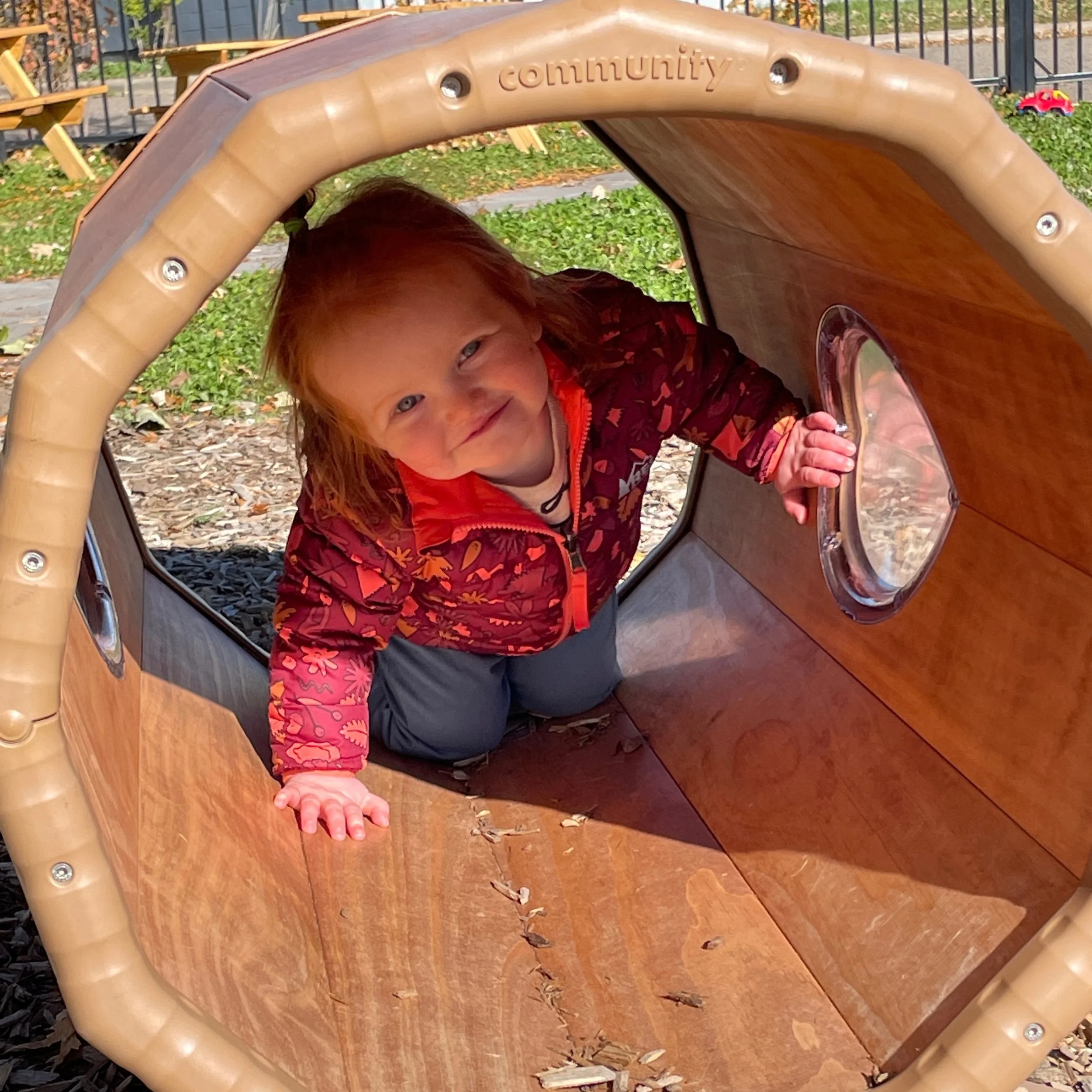
The purpose
The Toddler Community respects toddlers’ needs for safe exploration and opportunities to learn through action. Children learn to communicate and to treat one another respectfully. They learn to dress and undress themselves independently and are patiently guided through toilet learning. Children are offered the opportunity to care for their environment, as well as themselves, cultivating a joyful and harmonious community.
-
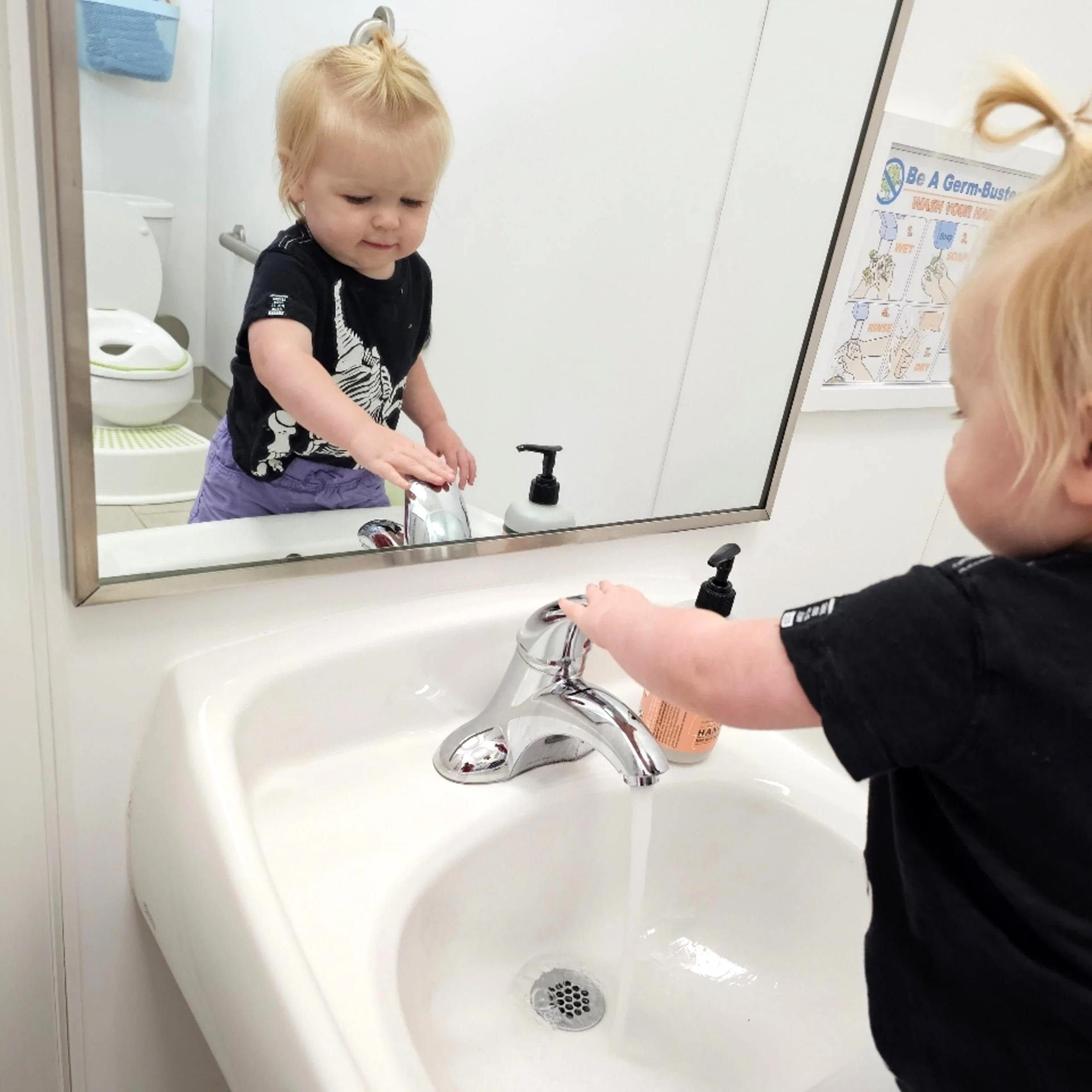
The environment
The Toddler Community’s physical space is a specially prepared environment designed to meet the needs of children this age, allowing them to become independent and engaged learners. The environment includes an indoor space, an outdoor space, and a bathroom, where children practice toilet learning. The furniture and equipment, from the tables and chairs, to the toilets and sinks, to the mop and watering can, are all sized to meet the needs of toddlers.
-

The numbers
Clover Montessori School’s Toddler Community maintains a child:adult ratio of fewer than 5:1, a higher standard than the 7:1 ratio set by Minnesota statute. The Toddler Community is supported by one AMI Montessori-trained Lead Guide and two Assistant Guides. The space is DHS-licensed for 14 children. Children may join the Toddler Community at 16 months, and they transition to Children’s House at around 33 months.
A Toddler’s Day at Clover Montessori School
-
This is a peaceful, quiet time for children who arrive before the school day begins. They enjoy looking at books or helping to prepare the room for the day. For example, children might help adults fold clean laundry or put clean dishes on the shelf for later. Through these activities, they gain competence and pride.
-
During reception, each child puts their lunchbox in the refrigerator with the help of their parent or caregiver. The Lead Guide greets the children and welcomes them into the learning environment. The children independently remove their outerwear and put it away in their cubbies.
-
During the work cycle, each child chooses freely from an array of activities, such as watering plants, preparing snacks, washing tables, or manipulating puzzles. The children may make music or art, or look at books, which are always available. Freedom of choice builds confidence, develops concentration, and encourages movement.
-
Children prepare for lunch by using the bathroom, washing their hands with soap, and setting their places at the table. After preparing the table, they go to the refrigerator to get their packed lunches. They plate their own food, sing a wish all together, and then enjoy their meal. When finished, they clean up their dishes independently and get dressed to go outdoors.
-
Running, jumping, socializing, digging in the wood chips, snacking at the picnic tables…outdoor play is joy! After all the fun, children return indoors and prepare themselves for the afternoon. Children who stay for the afternoon prepare for nap. Children enrolled for Half Day prepare for 1:00 dismissal.
-
The cots and blankets are placed around the room, the curtains are drawn, the lights are turned off, and quiet music plays in the background. Toddlers nap for two hours, giving their minds and bodies an opportunity to consolidate the morning’s gains.
-
Children wake from nap and use the bathroom independently. Children enrolled in the Full Day program dress themselves in their outdoor gear and say goodbye to their friends for the day.
-
Children who stay for After-Care enjoy an afternoon snack and then dress themselves in their outdoor clothes to go have more fun on the playground. They are dismissed at 4:30.
-
Children staying for Extended Care play together on the playground or play indoors until it’s time to go home.

In a multi-age group, younger children are inspired and helped by older children. Older children solidify their skills and gain confidence by helping younger children.
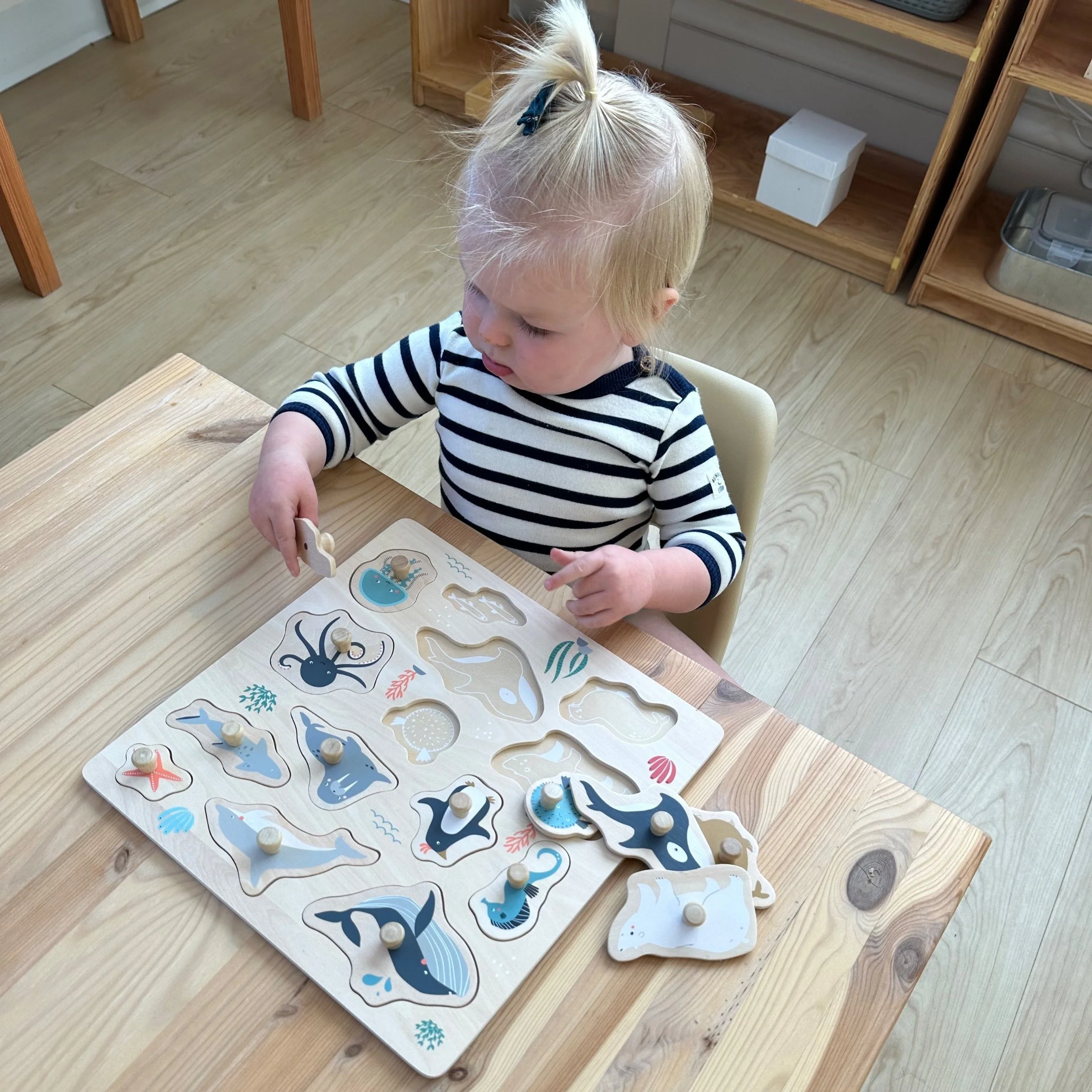
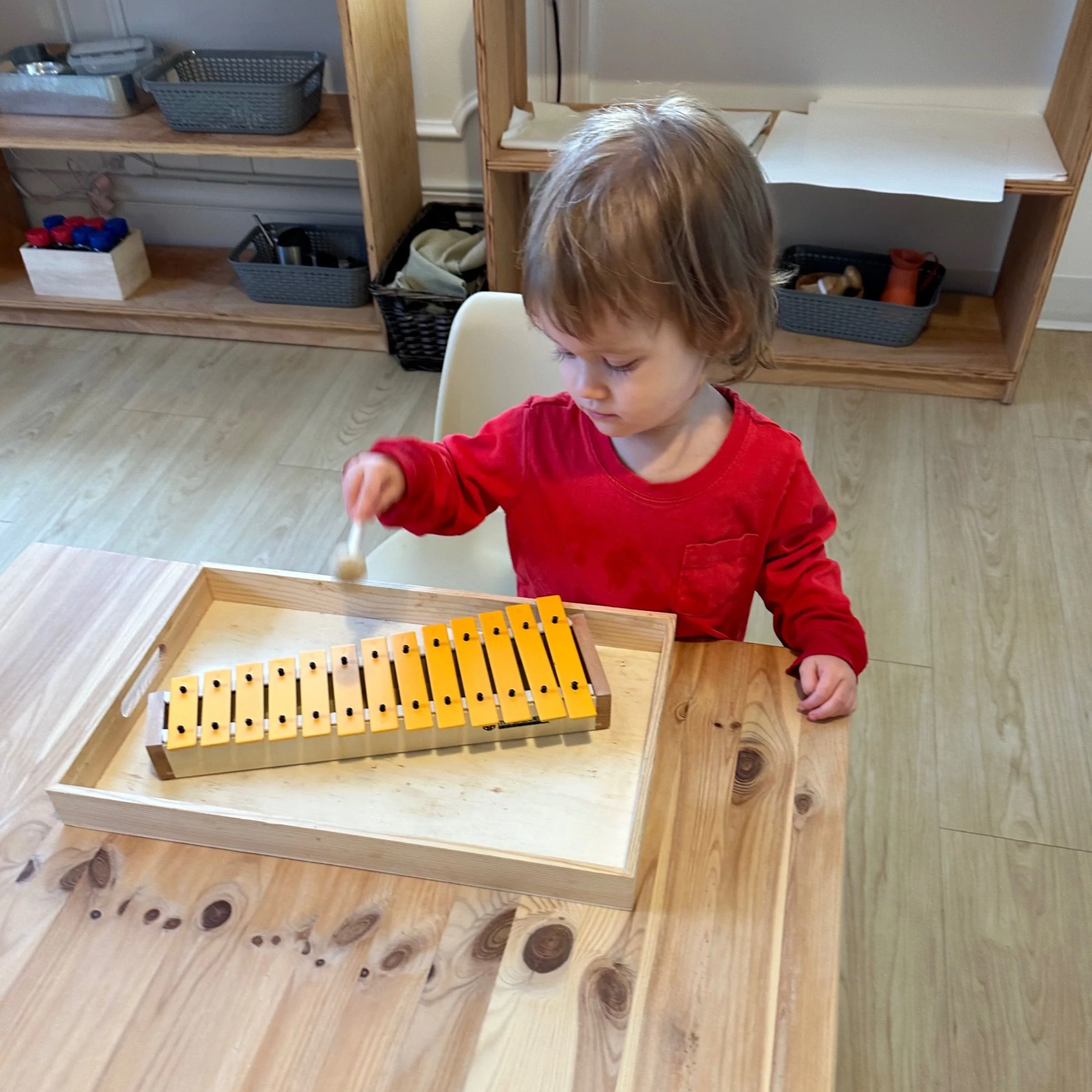

At the face washing stand, children use a pitcher to bring water from the sink. They pour the water in a bowl, wet a clean cotton round, wash their face, pour the bowl of water into a bucket, and empty the bucket into the sink.
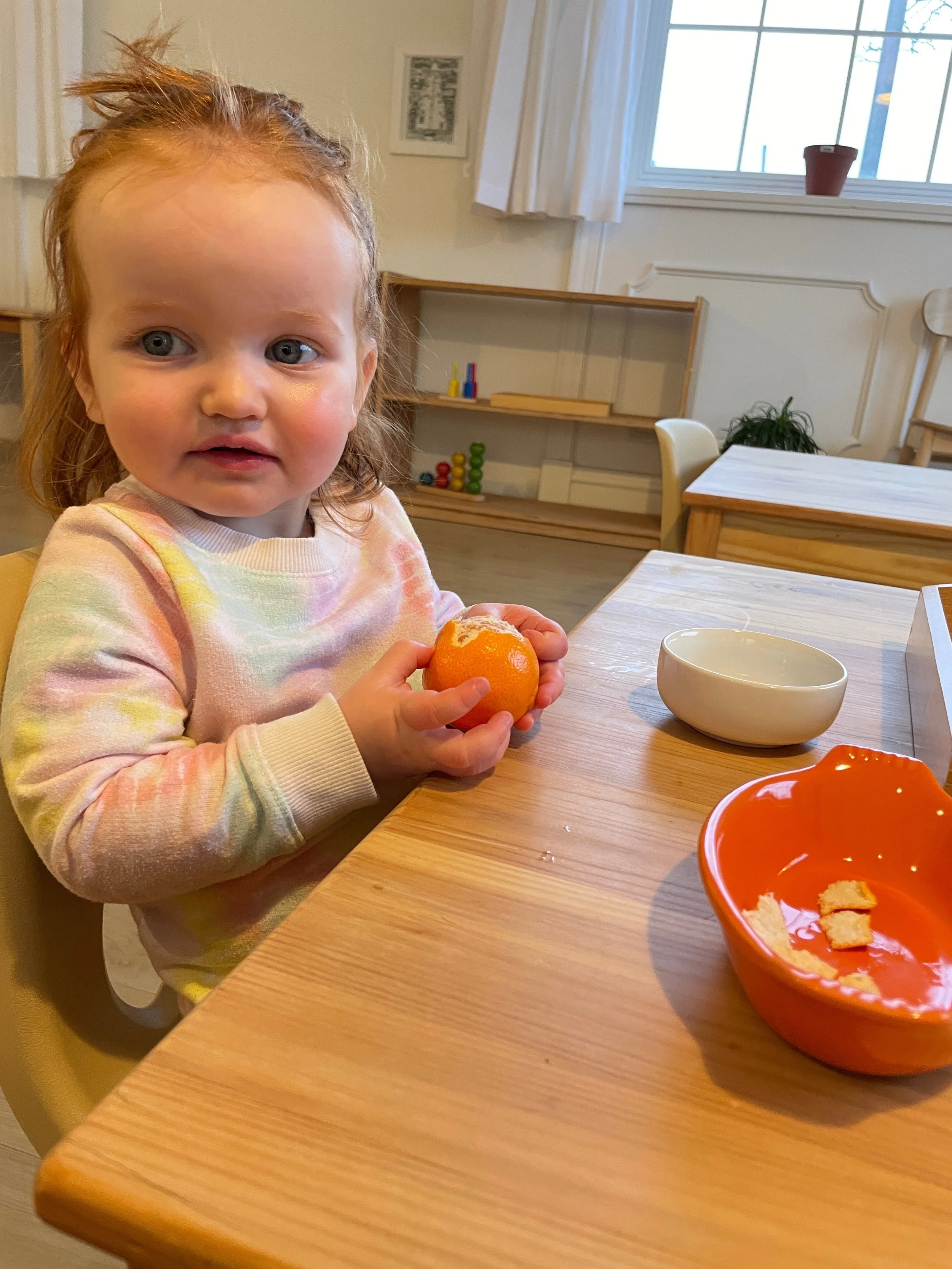
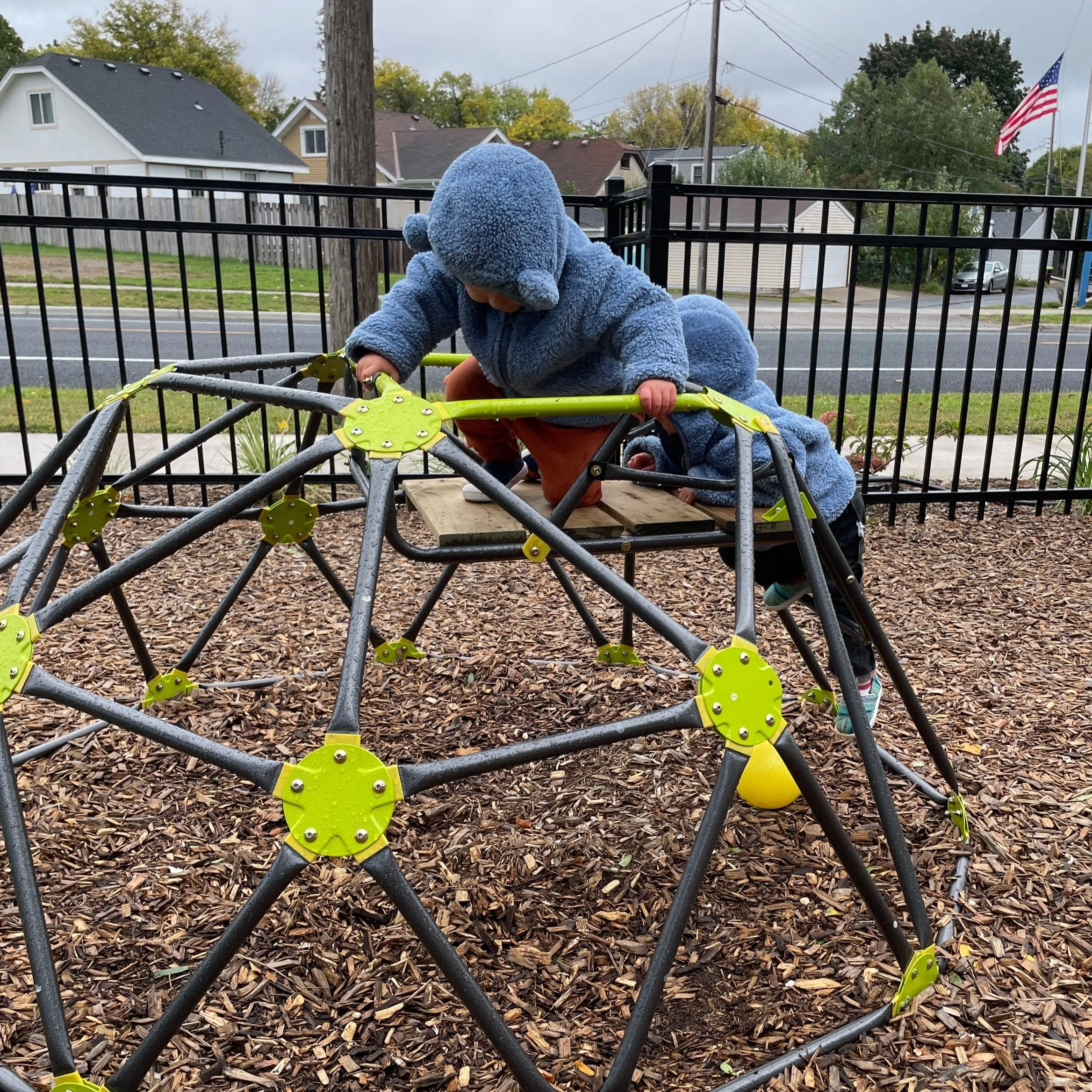
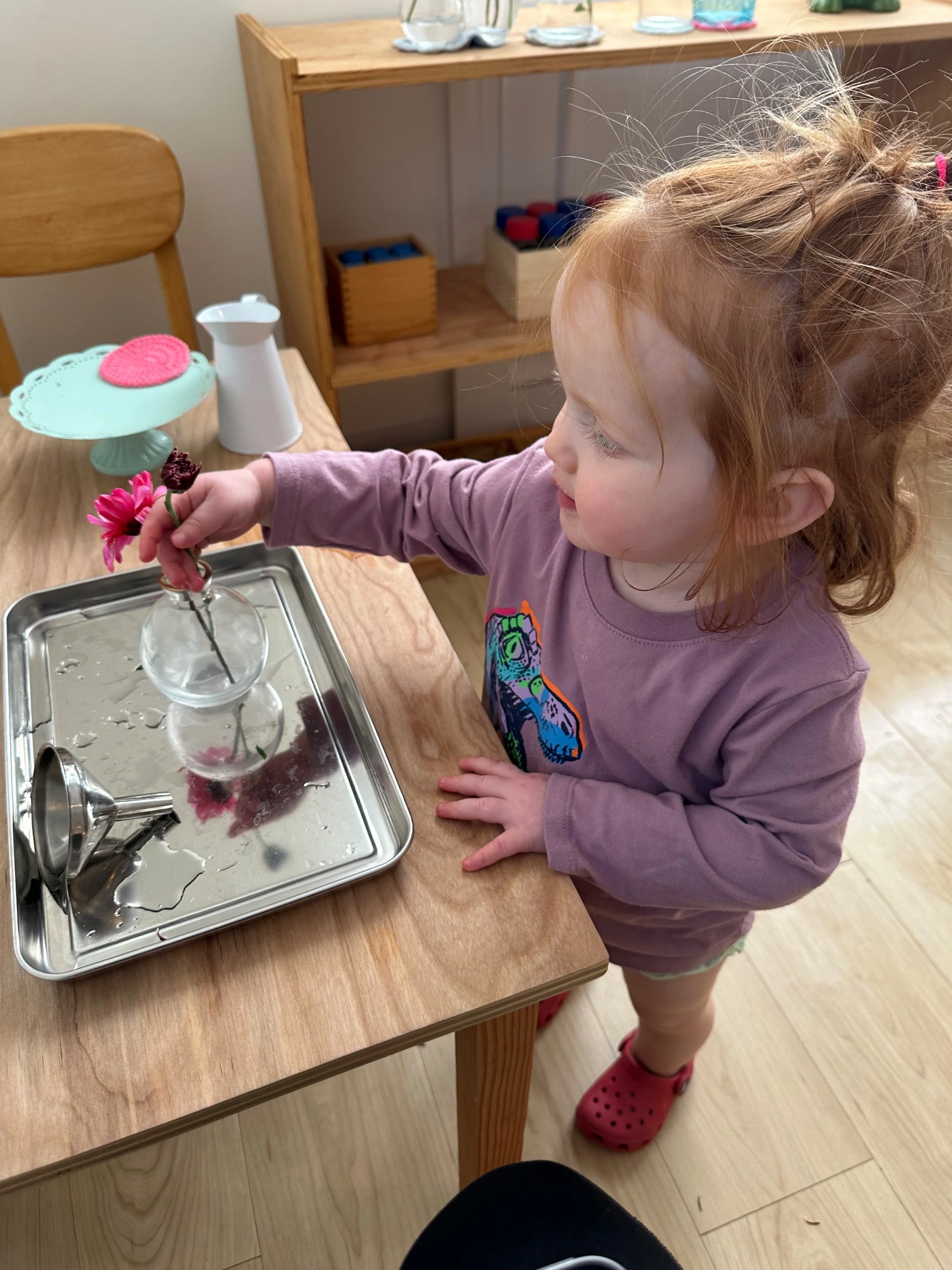
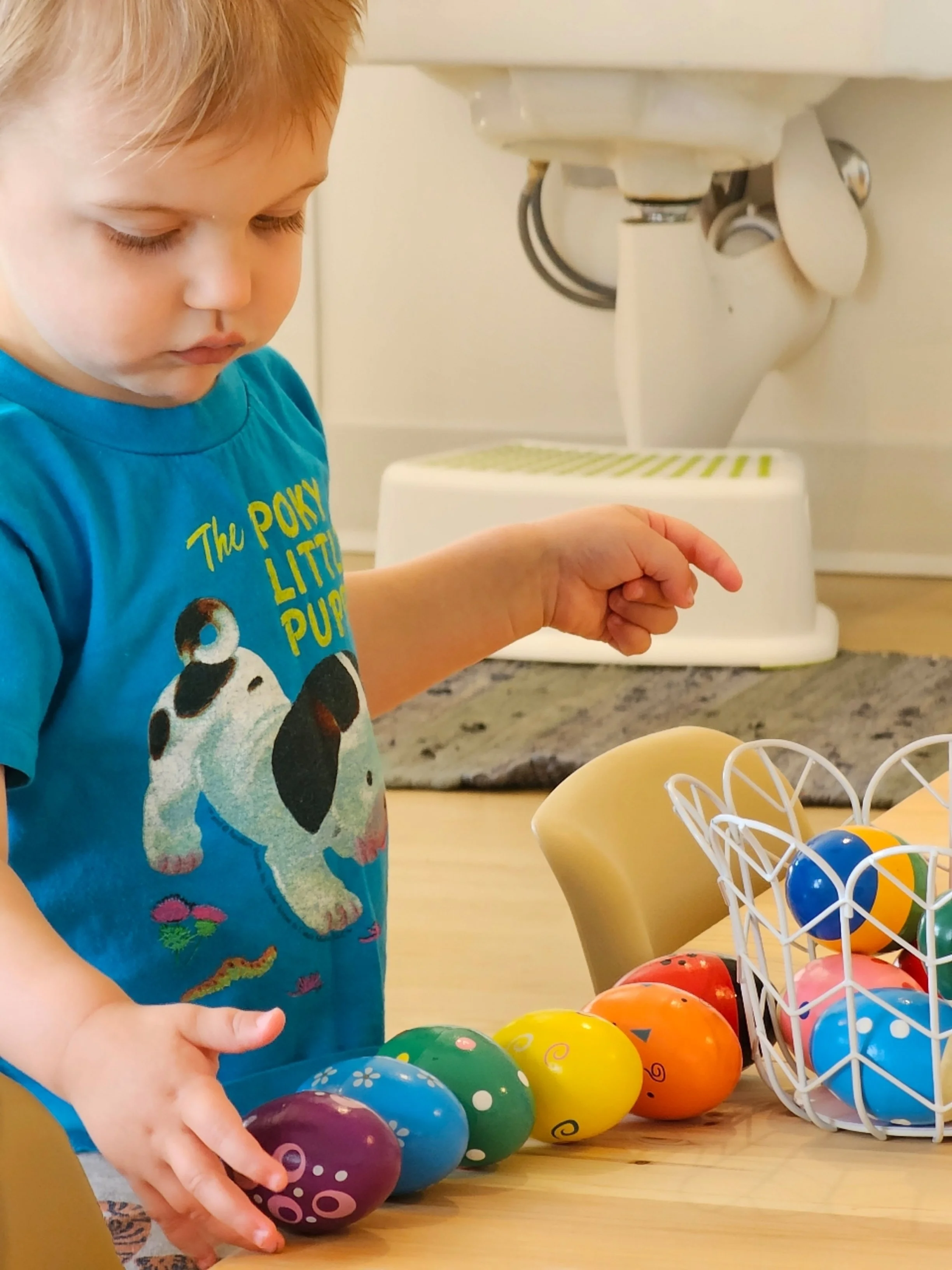
Young children find order soothing. A child's sense of order can be observed in many ways, such as how they arrange objects or their ability to predict what will happen next.
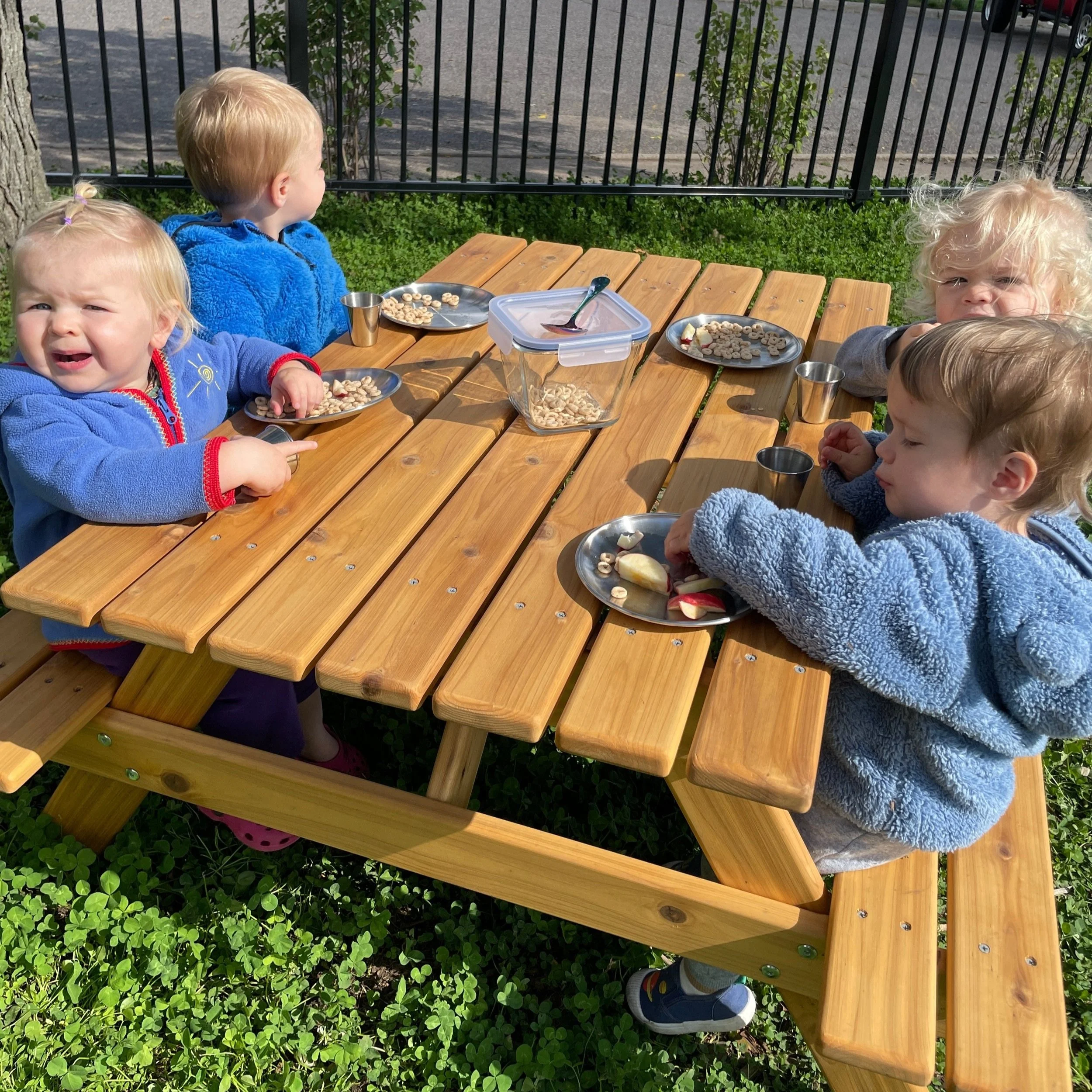
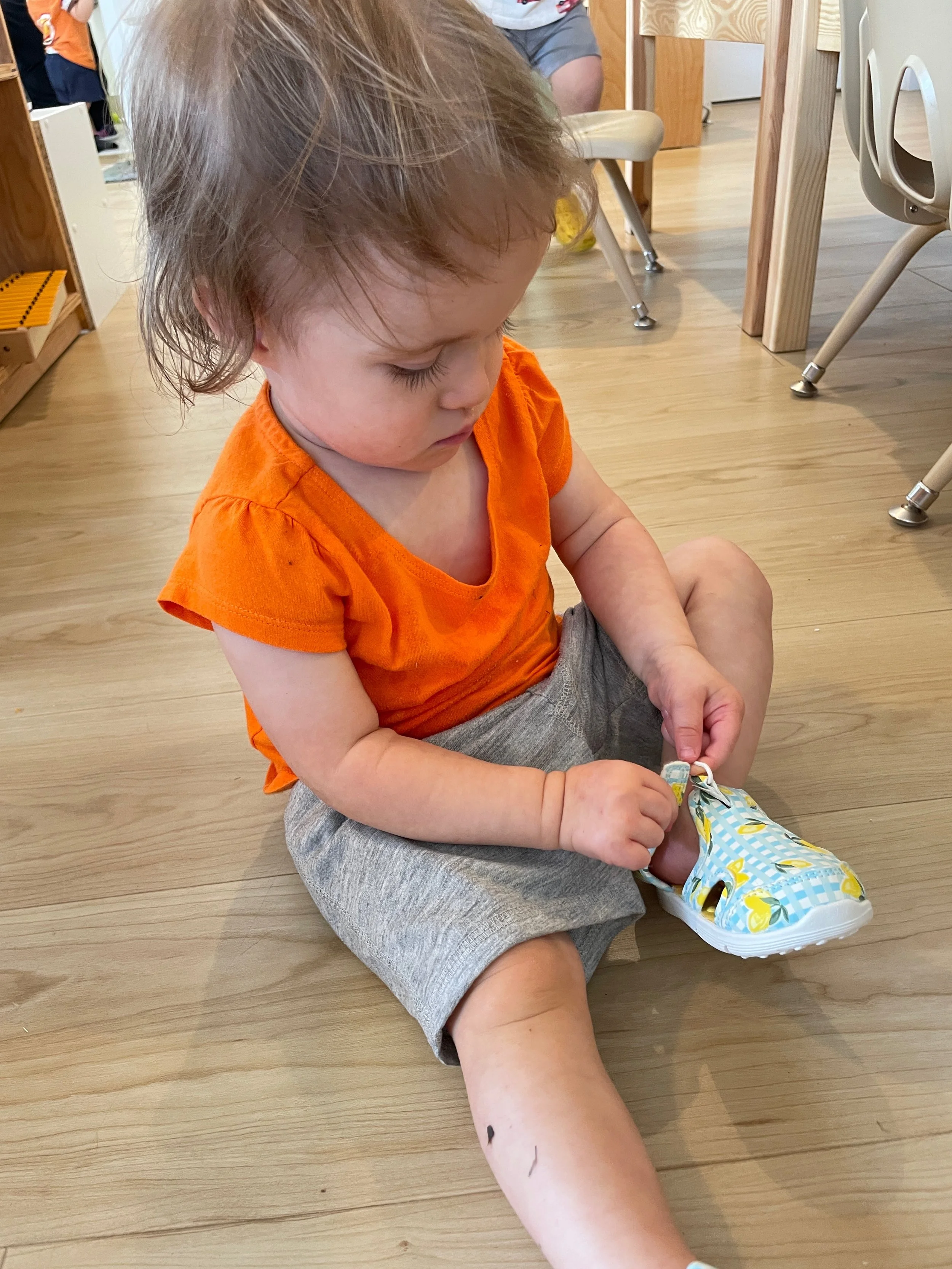
Toddlers are interested in doing things for themselves. One way independence is supported in the Toddler Community is by providing ample time for dressing.


When a child is interested in their work, they can achieve deep concentration. In the Montessori method, children make their own choices about what activities they will explore. That means they are always doing a work they find interesting!
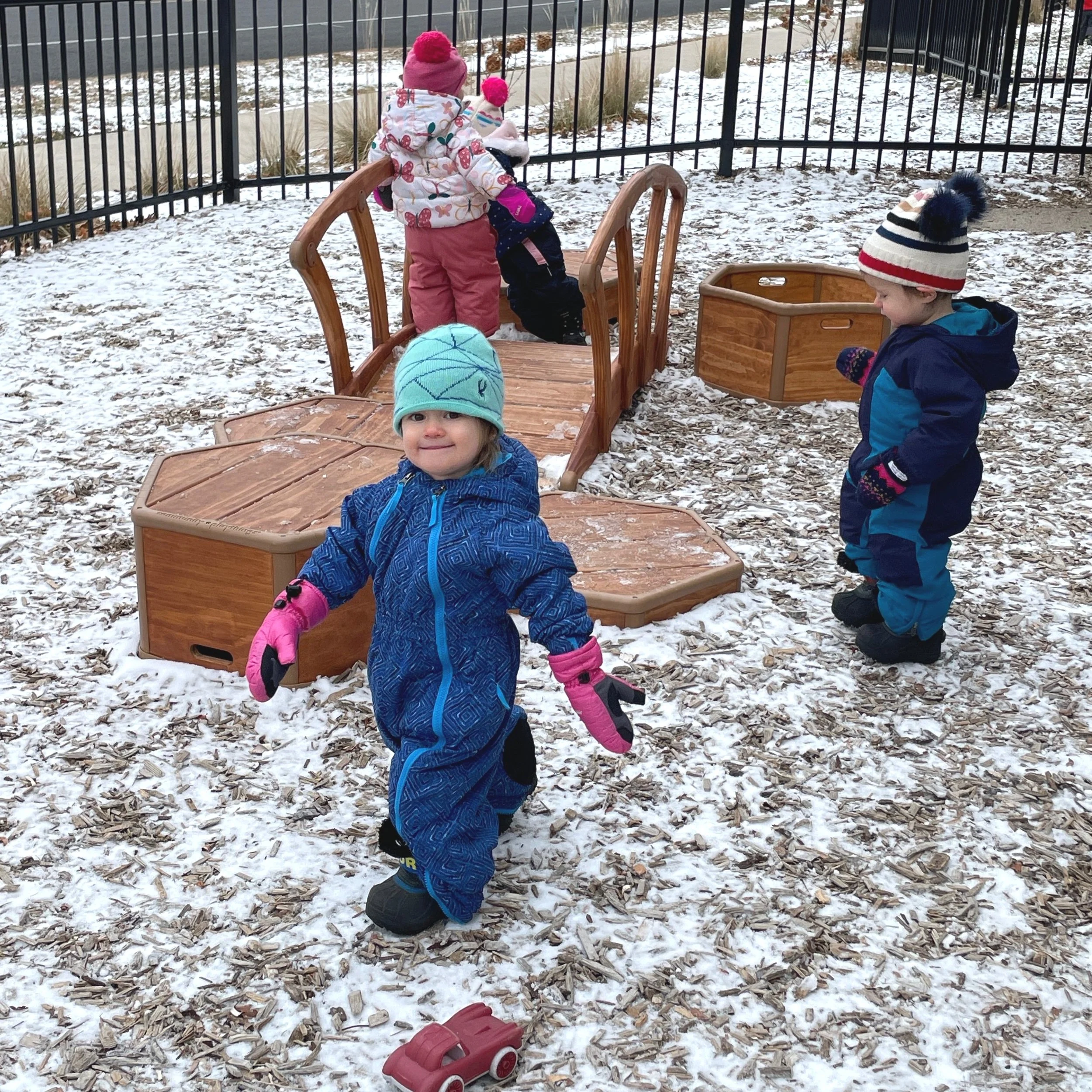
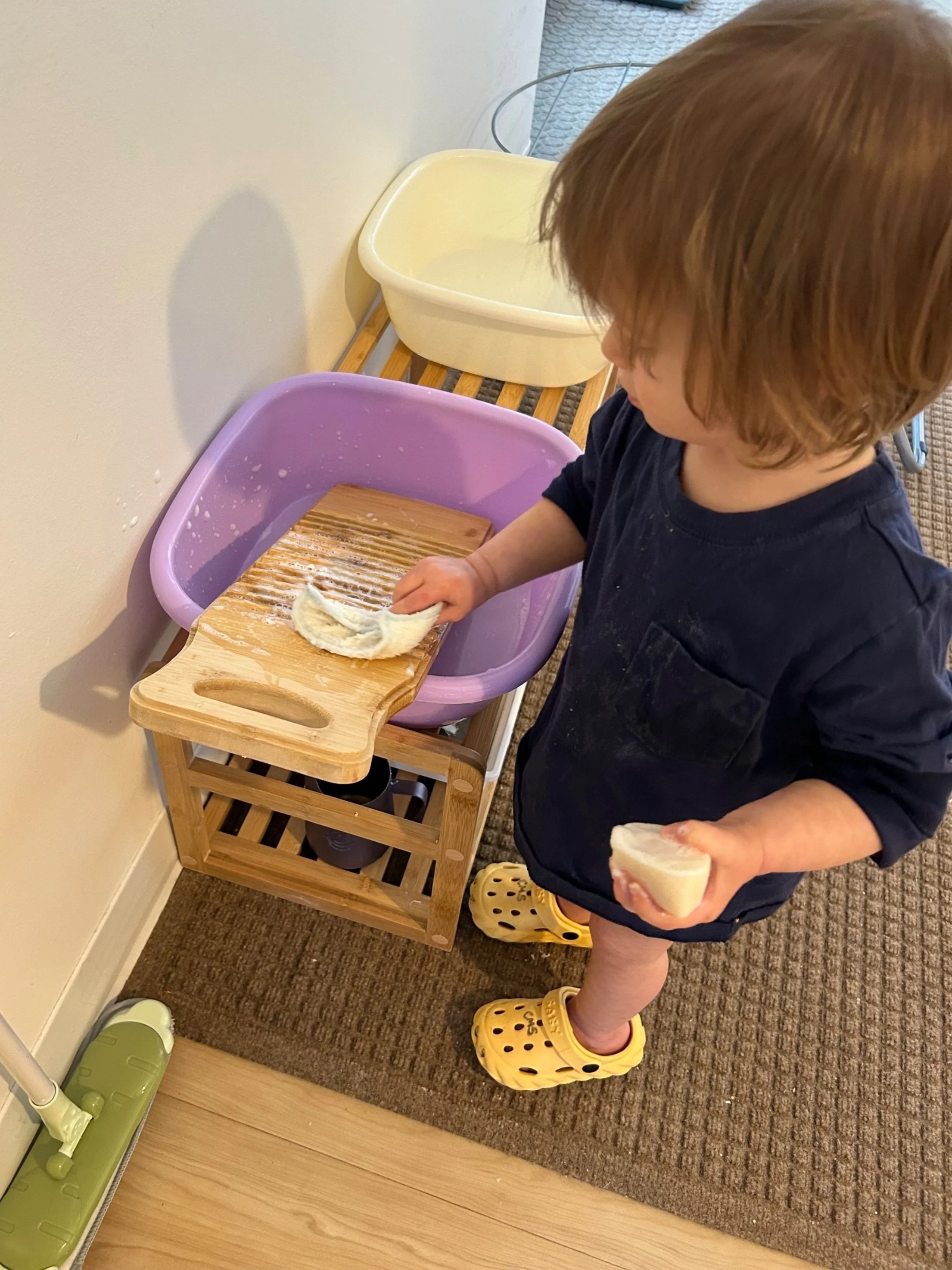

After setting the table, children bring their lunchboxes to the table and plate their own food. When everyone's food has been plated, the community sings a wish together, and then begins the meal.
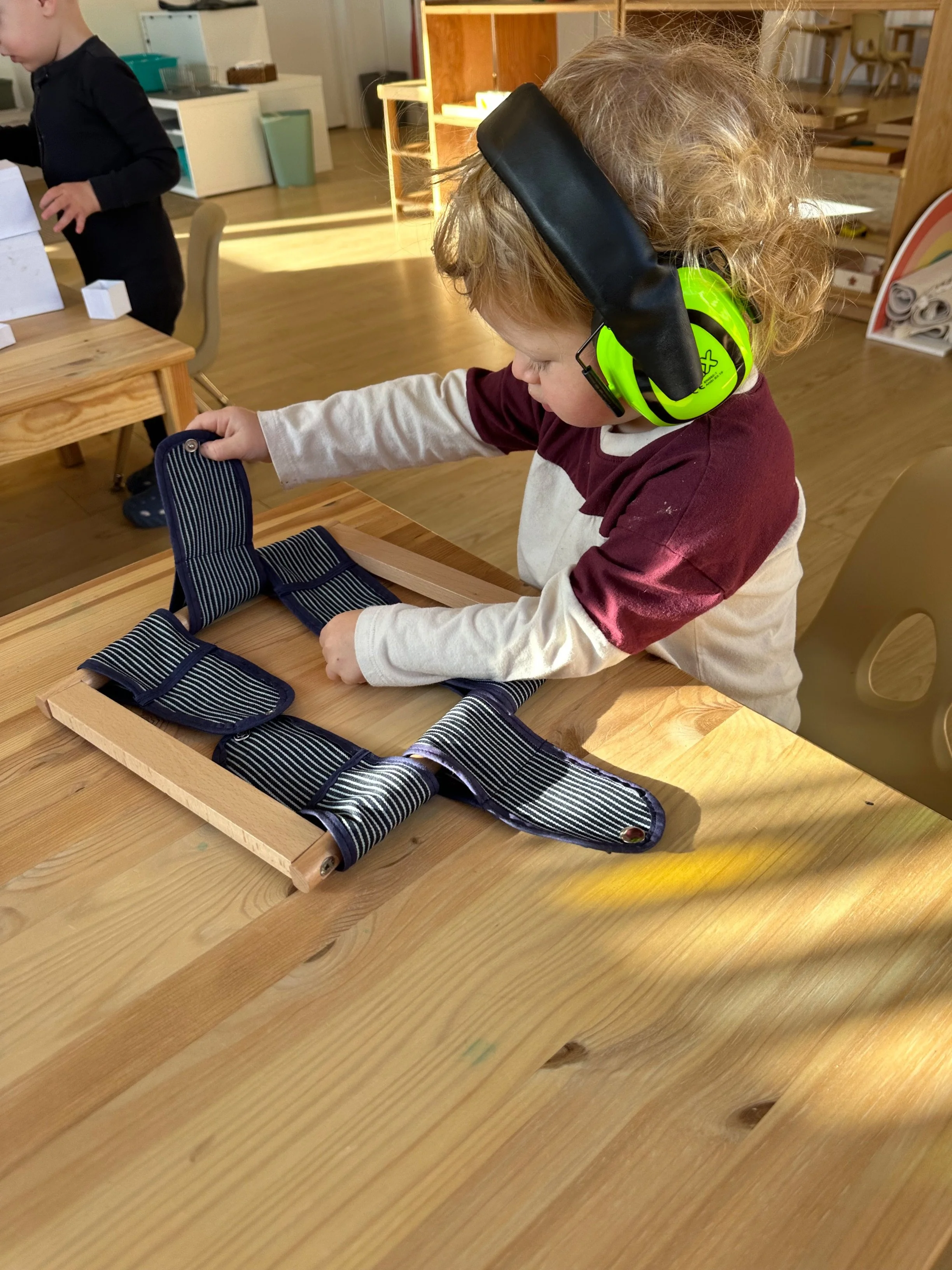
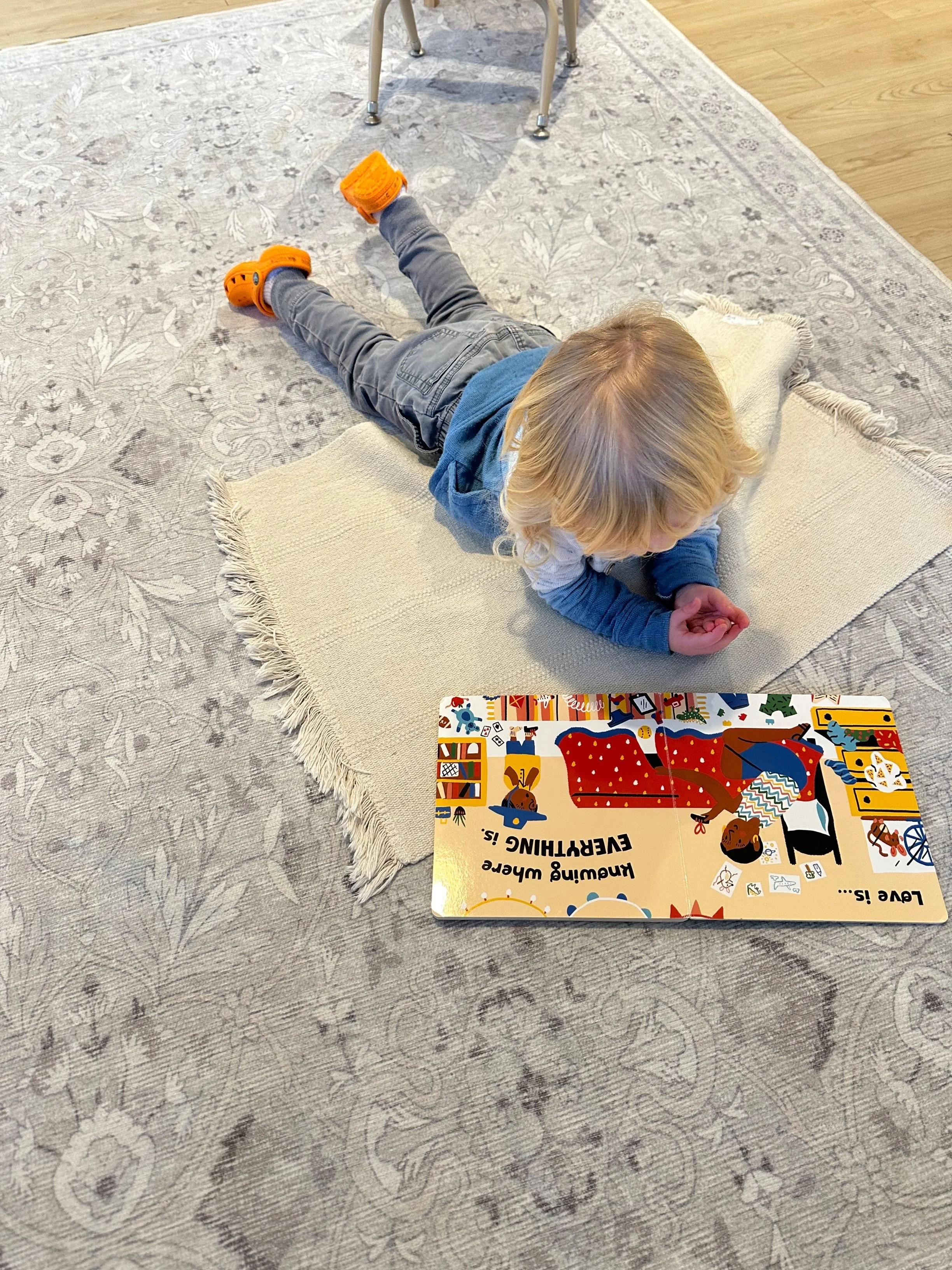
“The Montessori approach to toilet learning has made the process positive and stress-free, and our daughter is conquering this milestone with enthusiasm!”
— Nikhil J.
Visit Clover Montessori School!
Hours
Clover Montessori School is a five-day per week program with Full Day and Half Day options.
Half Day: 8:20 AM to 1:00 PM
Full Day: 8:20 AM to 3:30 PM
In addition, Clover offers extended hours.
Before Care: 7:15 AM to 8:20 AM
After Care: 3:30 PM to 4:30 PM
Extended Day: 4:30 PM to 5:30 PM


